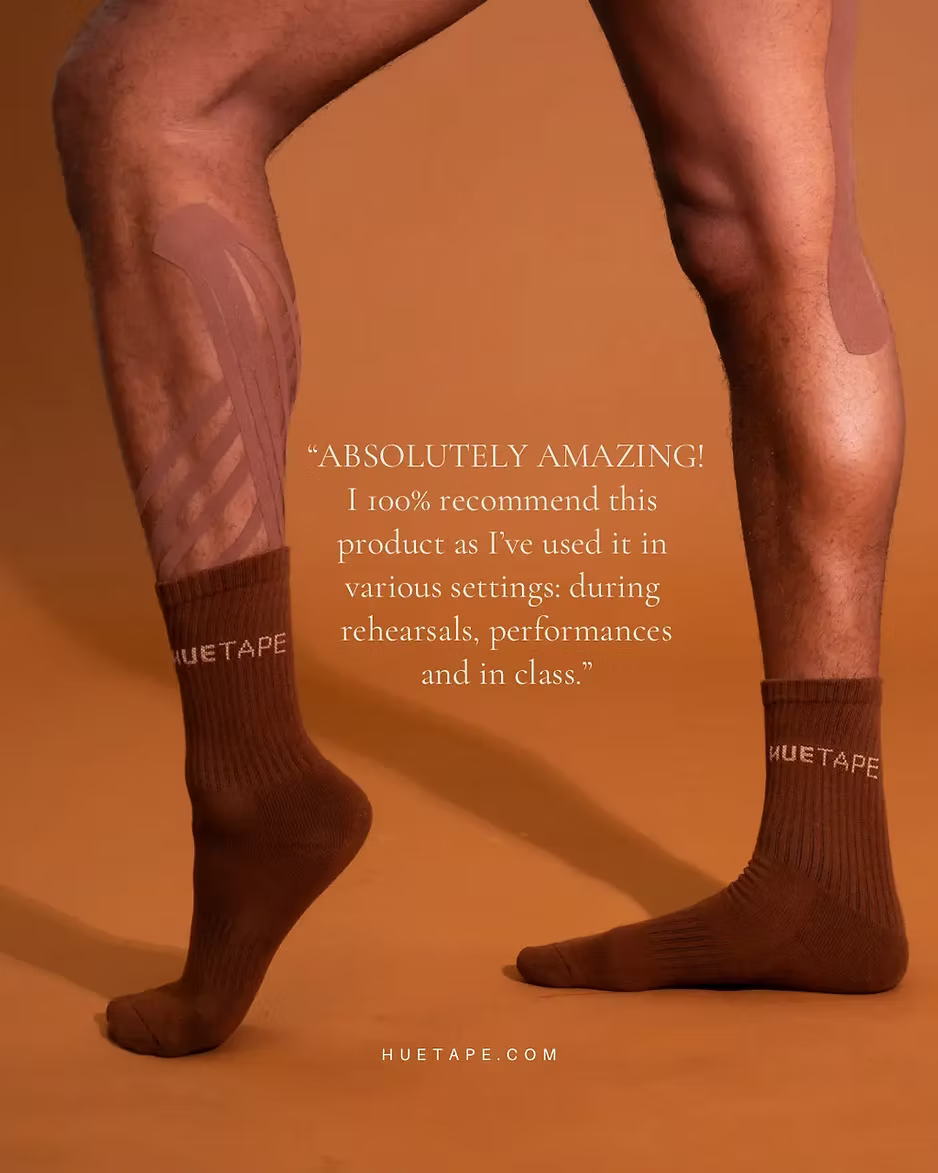
Answers to Your Most Common HUETAPE Questions
Kinesiology tape has become a popular tool for athletes, physical therapists, and anyone looking to support muscles and joints during activity. However, many people have questions about how to use...
Kinesiology tape has become increasingly popular among athletes and fitness enthusiasts, but what exactly is it and how does it help with muscle relief? In this article, we'll explore the ways kinesiology tape can benefit your body and how it works to alleviate muscle pain.
READ MORE
Kinesiology tape has become a popular tool for athletes, physical therapists, and anyone looking to support muscles and joints during activity. However, many people have questions about how to use...

Kinesiology tape is a popular tool that athletes and therapists use to support muscles and relieve pain. If you're curious about how to use this versatile tape effectively, you're in...

For those who lead an active lifestyle, injuries and strains can be a common occurrence. Kinesio tape, a popular tool among athletes, offers a promising solution to promote healing and...

Kinesiology tape, or K-tape, has become a staple for athletes and physical therapy enthusiasts worldwide. If applied correctly, it can improve mobility, alleviate pain, and support muscles and joints...